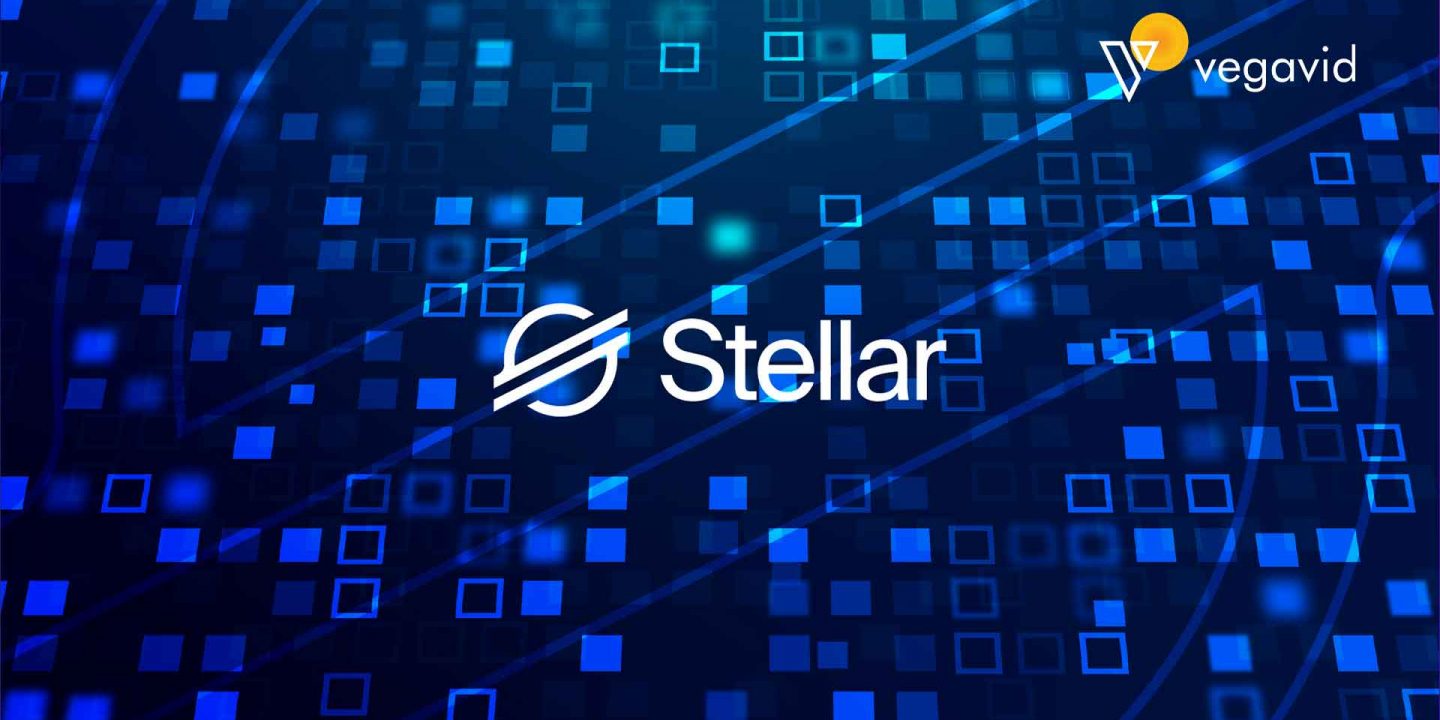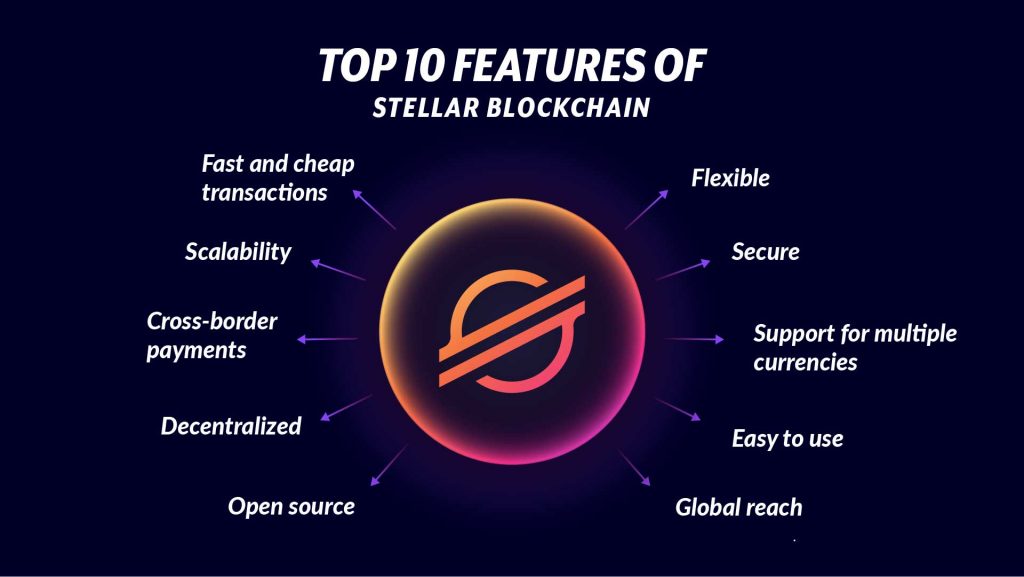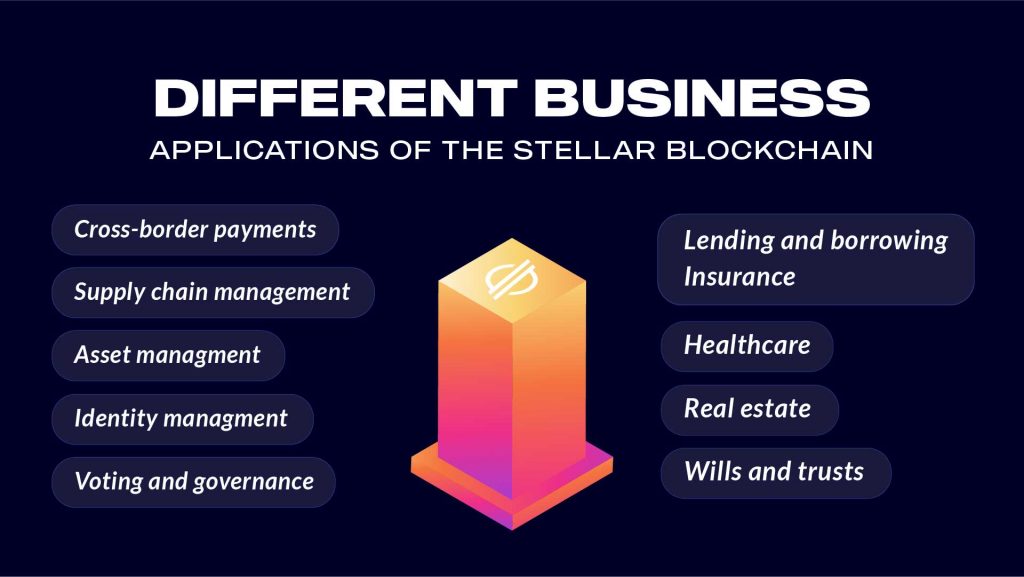
The Stellar Consensus Protocol (SCP) is a new way of reaching consensus that is designed to be more robust and scalable than existing protocols. SCP is based on a federated consensus model, which allows it to be adapted to a variety of different use cases. In this guide, we will explain the basics of SCP and how it can be used to reach consensus in a distributed system.
SCP is based on a federated consensus model, which means that there is no central authority that needs to be trusted. Instead, the consensus is reached through a process of voting by a group of trusted nodes, called validators. Validators can be run by anyone, and they do not need to be permissioned by any central authority. This makes SCP much more decentralized and resilient than traditional consensus protocols.
In order to reach a consensus, validators must first agree on a set of rules, called the quorum slice. The quorum slice defines which validators must participate in the consensus process and how they will vote. Once the quorum slice is agreed upon, each validator casts a vote. The votes are then tallied and the consensus decision is made.
SCP is designed to be more scalable than existing consensus protocols, as it does not rely on a single central authority. This means that it can be used to reach consensus in a variety of different distributed systems, including those with large numbers of nodes.
What is Stellar?
Stellar is a free, open-source network that allows anyone to send, receive, and trade digital assets. Its native currency, the Stellar Lumen (XLM), is used to power transactions on the network. Stellar is unique in that it uses a consensus algorithm instead of proof-of-work, making it more environmentally friendly than other blockchains. Stellar is also designed to be scalable, so it can handle a large number of transactions without slowing down.
How Does Stellar Consensus Protocol Work?
The Stellar Consensus Protocol (SCP) is a new way of reaching consensus between different parties in a distributed system. It is designed to be more scalable and efficient than traditional consensus mechanisms and to allow for a wider range of applications. It is important to how does stellar consensu’s work in order to build applications.
SCP is based on a simple idea: instead of having a central authority that decides which transactions are valid, each participant in the system maintains a list of valid transactions. When a new transaction is proposed, each participant checks to see if it is valid according to their list. If enough participants agree that the transaction is valid, it is added to the global list of valid transactions.
This may sound similar to the way Bitcoin works, but there are some important differences. First, in SCP each participant has a say in deciding which transactions are valid, rather than just a small group of miners. Second, SCP does not require all participants to be online all the time; as long as there is a quorum of online participants, the system can reach consensus.
SCP has been designed with scalability in mind. It can theoretically scale to millions of transactions per second with just a few hundred participants. Additionally, SCP does not require participants to have a lot of trust in each other; as long as there is a quorum of honest participants, the system will reach consensus.
Blockchain Used By Stellar
Blockchain is the latest buzzword in the world of finance and technology. And for good reason. A blockchain is a distributed database that allows for secure, transparent, and tamper-proof transactions. That means it has the potential to revolutionize the way we do business.
The Stellar network is built on a blockchain. That means every transaction that takes place on the network is recorded on a public ledger. This makes the Stellar network extremely secure and transparent. And because the Stellar network is decentralized, it is incredibly resistant to fraud and corruption.
So what does all this mean for you? Well, if you’re looking for a secure and transparent way to do business, then Stellar is the perfect platform for you. And because the Stellar network is built on blockchain technology, it is poised to revolutionize the way we do business.
Stellar is a distributed ledger system that is used to power the Stellar network. The network is a decentralized platform that enables users to send and receive payments in various currencies. The Stellar network also allows users to exchange assets, such as fiat currencies, cryptocurrencies, and commodities.
The Stellar network is powered by a native token, called lumens (XLM). Lumens are used to facilitate cross-asset transfers and to provide liquidity to the network. The Stellar network also allows users to issue their own tokens, which can be used to represent any asset, such as a currency, commodity, or loyalty point.
Blockchain technology is used by Stellar to provide a decentralized, secure, and scalable platform for financial transactions. Stellar uses a consensus algorithm, called the Stellar Consensus Protocol (SCP), to reach consensus on the state of the ledger. The SCP is designed to be resistant to Sybil attacks, meaning that it is not vulnerable to a single point of failure.
The Stellar network has been used to facilitate cross-border payments, and micropayments, and to provide access to banking services for underserved populations. Stellar has also partnered with organizations, such as IBM, to develop new applications for the Stellar network.
Is Stellar consensus protocol Proof-of-Stake?
The short answer is no – the Stellar consensus protocol (SCP) is not a proof-of-stake (PoS) system. However, there are some key similarities between the two systems that are worth highlighting.
Like PoS systems, SCP relies on a network of validators to reach consensus on the state of the ledger. Validators in SCP are not required to have any special hardware or staking requirements – anyone can run a validator node.
However, unlike PoS systems, SCP uses a federated consensus model instead of a pure PoS model. This means that there is a set of pre-selected validators that are responsible for reaching consensus. These validators are chosen by the Stellar Development Foundation (SDF), which is the main governing body for the Stellar network.
The SDF has been criticized for having too much control over the Stellar network. However, the Foundation has stated that they plan to gradually decentralize control over time.
Overall, the Stellar consensus protocol is a unique system that combines aspects of both PoS and federated consensus models.
Top 10 Features of Stellar Blockchain?

Stellar is a decentralized protocol that enables you to send money to anyone in the world, instantly, for free. Stellar is an open-source, distributed payments infrastructure, built on the premise that the international community needs a financial network that is open, portable, and scalable. The Stellar network is designed to connect people, payment systems, and banks with a focus on developing countries.
The Stellar network offers a number of features that make it an attractive option for those looking for an alternative to the traditional banking system. Here are the top 10 features of the Stellar blockchain:
- Fast and cheap transactions: Stellar offers near-instantaneous transaction times and low transaction fees.
- Scalability: The Stellar network is designed to scale to handle a large number of transactions.
- Cross-border payments: Stellar makes it easy to send money across borders.
- Decentralized: Stellar is a decentralized protocol, meaning there is no central authority controlling the network.
- Open source: The Stellar protocol is open source, meaning anyone can develop applications on top of it.
- Flexible: The Stellar network is designed to be flexible, allowing developers to build a wide range of applications.
- Secure: The Stellar network uses industry-standard security practices to protect users’ data.
- Support for multiple currencies: Stellar supports a wide range of fiat currencies and digital assets.
- Easy to use: The Stellar network is designed to be easy to use, even for those with no technical expertise.
- Global reach: The Stellar network has a global reach, with users in over 180 countries.
Stellar is backed by a strong team of experienced professionals, which gives it the potential to become a leading player in the global financial system.
How Stellar Consensus Protocol Differ from Bitcoin’s Blockchain?
Bitcoin’s blockchain is a public ledger of all Bitcoin transactions. Stellar Consensus Protocol (SCP) is a new consensus algorithm that is designed to be more robust and scalable than Bitcoin’s blockchain. SCP is based on a federated consensus model, which means that it is not necessary for all nodes in the network to agree on every transaction. Instead, consensus is reached by a quorum of nodes, which reduces the overall load on the network. In addition, SCP uses a novel consensus mechanism called “federated Byzantine agreement” that is designed to be more resistant to malicious attacks than Bitcoin’s blockchain.
The Stellar Consensus Protocol (SCP) is a new way of reaching consensus in a distributed system. It is a federated consensus protocol, which means that there is no need for a central authority to validate transactions. Instead, a group of trusted nodes called “validators” works together to reach consensus. This makes the system more resistant to attacks and more efficient than traditional proof-of-work systems like Bitcoin’s.
The main difference between SCP and Bitcoin’s blockchain is that SCP uses a quorum system to reach consensus. This means that consensus can be reached even if some validators are offline or unavailable. This makes the system more robust and scalable. Additionally, SCP uses a “federated consensus” model, which means that there is no need for a central authority to validate transactions. Instead, a group of trusted nodes called “validators” works together to reach consensus. This makes the system more resistant to attacks and more efficient than traditional proof-of-work systems like Bitcoin’s.
Different Business Applications of the Stellar Blockchain

The Stellar blockchain is a powerful tool that can be used for a variety of business applications. Here are 100 of the most popular use cases for the Stellar blockchain:
- Cross-border payments: The Stellar blockchain can be used to facilitate fast, secure, and affordable cross-border payments.
- Supply chain management: The Stellar blockchain can be used to track goods and materials as they move through the supply chain, ensuring transparency and accountability.
- Asset management: The Stellar blockchain can be used to create stellar and manage digital assets, such as tokens or cryptocurrencies.
- Identity management: The Stellar blockchain can be used to create and manage digital identities, ensuring security and privacy.
- Voting and governance: The Stellar blockchain can be used to create secure and transparent voting and governance systems.
- Lending and borrowing: The Stellar blockchain can be used to create lending and borrowing platforms, where users can securely and transparently access capital.
- Insurance: The Stellar blockchain can be used to create and manage insurance contracts, ensuring transparency and security.
- Healthcare: The Stellar blockchain can be used to create and manage secure healthcare records, ensuring privacy and security.
- Real estate: The Stellar blockchain can be used to create and manage secure real estate records, ensuring transparency and security.
- Wills and trusts: The Stellar blockchain can be used to create and manage secure wills and trusts, ensuring transparency and security.
The Stellar blockchain has a wide range of potential applications in the business world. For example, the Stellar network could be used to facilitate international payments, cross-border supply chain management, or even to create a decentralized exchange. The possibilities are endless, and the Stellar blockchain is already being used by a number of businesses to streamline their operations and reduce costs.
Conclusion
The downside to Blockchains is the expertise needed to set them up and the giant network of data collectors required to operate the network. Stellar is the future of blockchain. The Stellar Consensus Blockchain Protocol is a decentralized platform that enables fast and secure transactions. The protocol is based on a distributed ledger system that uses a consensus algorithm to validate transactions. The protocol is designed to be scalable and to support a wide range of applications. The Stellar Consensus Blockchain Protocol is open source and is available to anyone who wants to develop a decentralized application.
How Can Vegavid Technology Stellar Developments Solutions Help You?
If you’re looking for a company that can help you with Stellar Consesus Blockchain Protocol development solutions, look no further than Vegavid Technology Company. We have a team of experienced developers who are well-versed in this cutting-edge technology and can help you create a custom solution that meets your specific needs.
With our help, you’ll be able to take advantage of the many benefits of the Stellar Consesus Blockchain Protocol, including its high level of security, flexibility, and its scalability. We’ll work closely with you to understand your unique requirements and then create a solution that is tailored to your needs.
So if you’re looking for a company that can help you with Stellar Consesus Blockchain Protocol development solutions, contact Vegavid Technology. Company today. We’ll be happy to discuss your specific needs and provide you with a proposal for our services.











